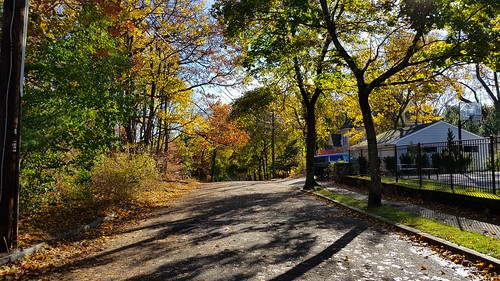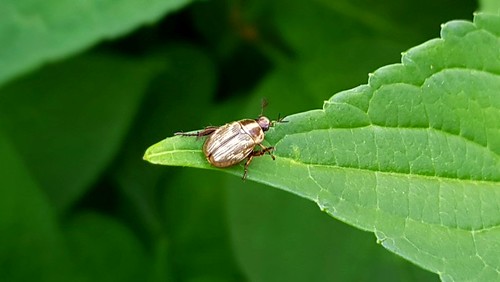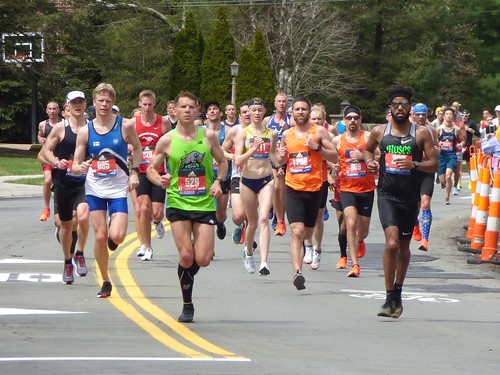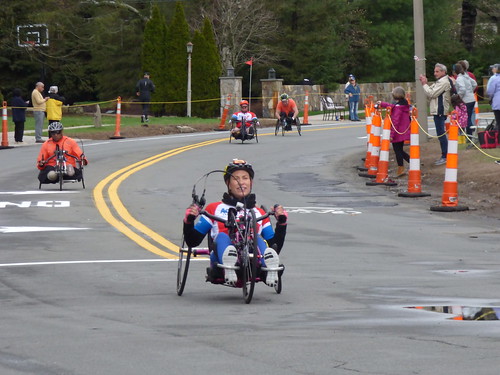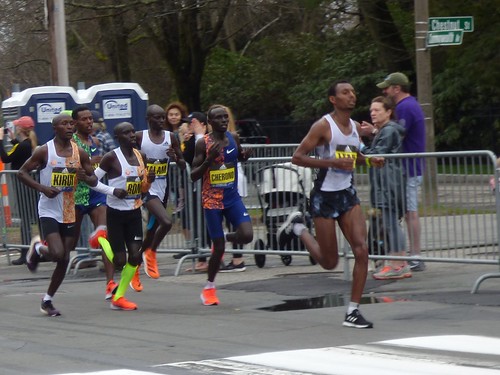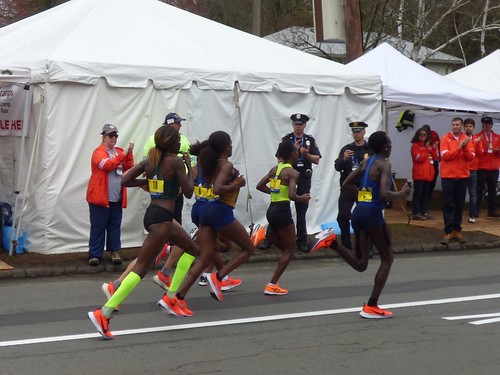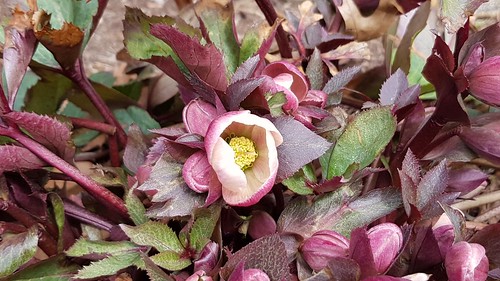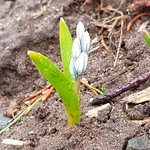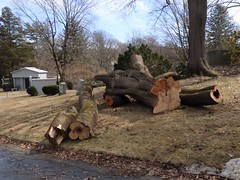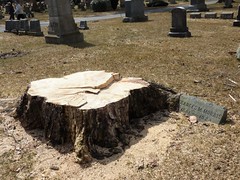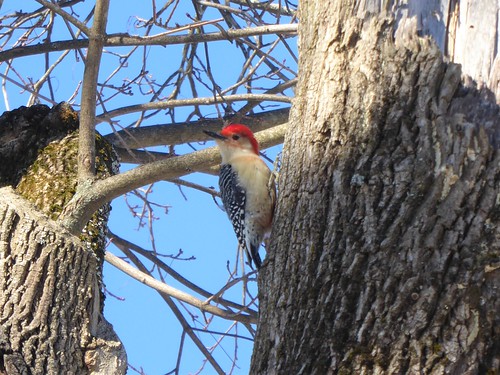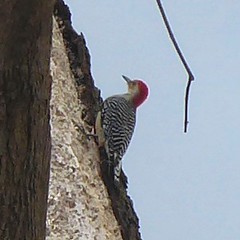After spending much of yesterday afternoon going to multiple stores to do the weekly grocery shopping I’d usually do at one, today it was a relief to stay home. Instead of walking to lunch as we normally do, J and I took a sunny afternoon walk around the neighborhood, and we weren’t the only ones. With museums and libraries closed, concerts and sporting events canceled, and store shelves emptied of goods, walking in the open air is one of the few things we can still safely do.
The irony of this weird and unsettling week is this: the weather has been beautiful, the lilacs are starting to leaf, and the forsythias are almost ready to burst into bloom. Outside, March is settling into spring; inside, we stay glued to devices that deliver a constant stream of bad and worrying news.
When J and I went walking this afternoon, it was a pleasant relief to stop at a nearby intersection, stand in the street, and talk to a handful of neighbors who, like us, were shaking off a weekend case of pandemic-inspired cabin fever. As we traded stories of grocery lines and plans for telecommuting, we stood in a wide circle with the prescribed six feet between us: a brief spot of socializing in the age of social distancing.




